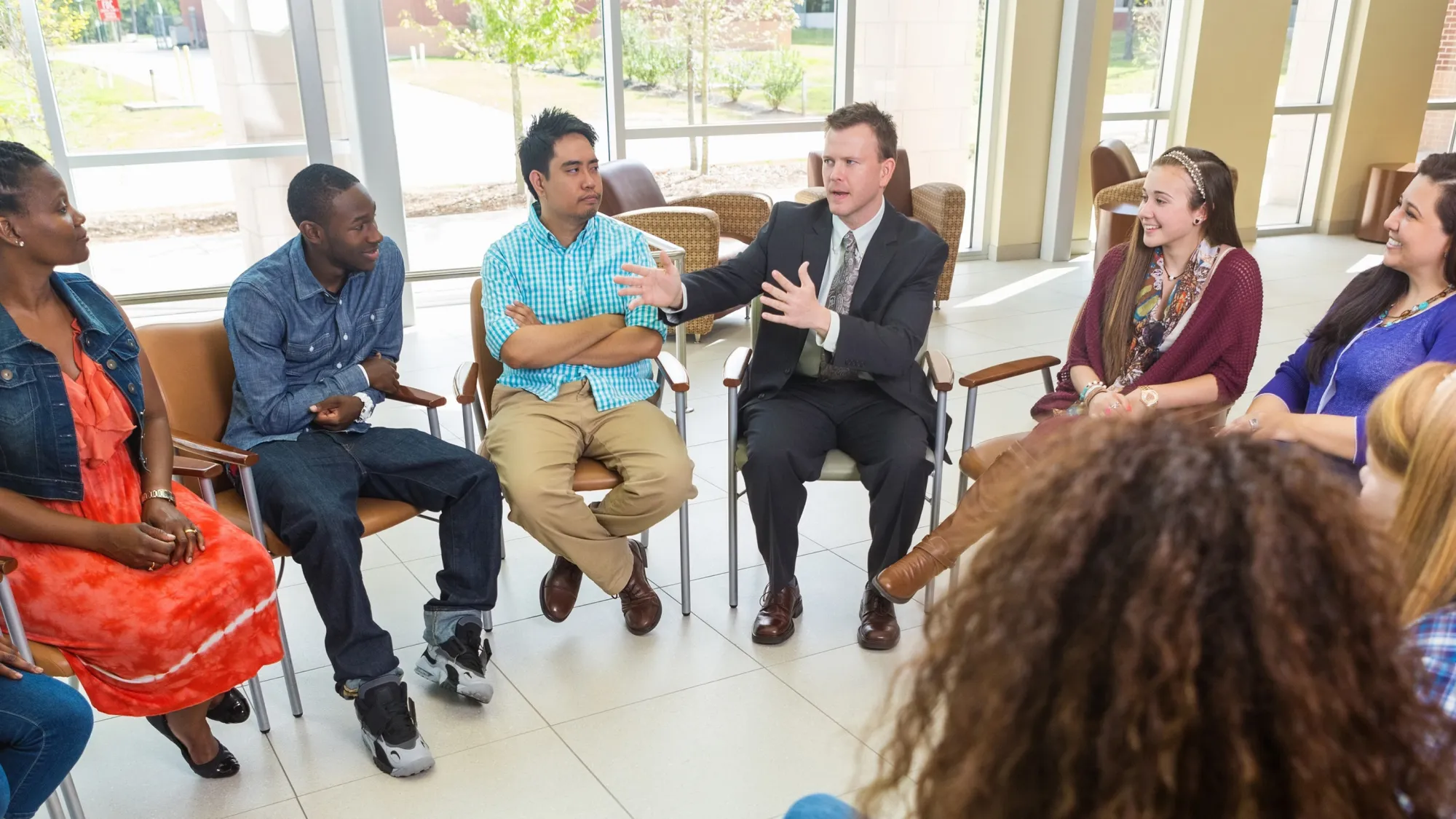
At the monthly staff meeting, the principal makes an announcement. “At our staff meeting last month, our focus was differentiated instruction. In the feedback, many of you indicated frustration that it was hard to learn about the topic when someone was standing at the front of the room delivering information in a way that was far from differentiated. To that end, I’m going to be sharing the floor today.”
The principal nods at Jen, who steps forward. “For those of you who don’t know me, I’m Jen Green, and I teach in the math department. I’ll be modeling a lesson for you that brings some of the ideas for differentiated learning from last month into practice.”
The principal adds, “I asked Jen to come help today not only because your feedback indicated that you wanted more strategies from an expert, but also because I observed this lesson in action, and it was extremely impressive.”
Teachers become understandably frustrated when they are asked to fill out one survey after another, only never to see the results of their feedback. When principals gather voice data and do not respond in a visible way, that may occur because they proceed with decisions on their own and then forget to circle back, or they might fear getting a strong negative reaction if they are explicit about not taking feedback suggestions.
However, closing the loop on voice data (which is any information gathered from a group of people via survey, form, or questioning) regardless of the outcome is important so that people believe their opinions are being considered. To ensure a solid process, leaders can engage in a process known as “feedback on feedback,” which prioritizes follow-through on the information that people share with us. When school leaders ask for feedback, they should ensure that two conditions are in place: an authentic process, and a response.
HOW TO SOLICIT EFFECTIVE FEEDBACK
Create an authentic feedback process: When soliciting feedback, leaders should genuinely want to know what people think in order to make an unbiased, informed decision. Early in my experience as a school leader, I asked teachers why the response rate on a voice survey that I administered was so low. Everyone looked uncomfortable until one of the teachers leaned forward and asked, “Do you really want to know?”
“Of course,” I said, bracing myself.
“Because nobody ever wants our opinion. They’re checking a box so that if someone asks, they can say that teachers shared ideas. It’s not like anyone is actually listening to what we tell them.”
My own experience as a teacher mirrored this sentiment. During my time in the classroom, I often shared feedback with some trepidation and often decided not to submit the survey at all after writing out detailed responses to the questions. The visible results of my feedback were never evident, so why bother?
When school leaders practice feedback on feedback with their staff, they demystify a process that has rightfully been stigmatized. To change how people feel about providing voice, the necessary trust that must be built is dependent on a genuine desire not just to gather information, but also to ensure that it doesn’t fall down what I refer to as the feedback hole, never to be mentioned again.
For my own practice, I always examine voice data as soon as possible so that I can respond to teacher feedback at the next opportunity and share what suggestions will help drive what occurs moving forward, as well as what cannot change. Even if I cannot implement an idea that people share, I tell them why that is. That way, teachers not only feel heard, but also know exactly what happened with their feedback and that their ideas were requested in the spirit of collaboration and openness.
Circle back to anyone who provided feedback: Several years ago, I was excited to contribute my thoughts to what is known as a parallel survey. School administrators asked both teachers and students the same questions about their take on instructional topics, and then the idea was that the data would be examined and acted upon in the coming weeks. It was disappointing when the results were never shared, and neither teachers nor students felt comfortable enough to ask the administration why there was a lack of any follow-through.
It is not enough for administrators to read through feedback or even privately take action without circling back and being transparent about what the data showed. Even (or perhaps especially) if responses run contrary to expectation, it is important to figure out what next steps should be, not in isolation, but with the help of multiple perspectives. Conversations and decisions that are connected to survey data must be therefore taken out of a conference room and placed into a more public space.
If teachers are asked to provide their thoughts at the close of each staff meeting, the results of what they shared must be reviewed in detail at a subsequent meeting, ideally toward the beginning to explain what is about to occur. For the feedback itself, asking open-ended questions tends to elicit the richest responses from teachers, such as these:
- What was the most important takeaway or learning for you in this meeting?
- In future meetings, what topics or ideas would be helpful to include?
- What can we do to support you in the coming month before our next meeting?
When teachers answer questions like the ones exemplified above, sometimes the answers can be difficult to address. However, facing the challenge of really listening to people and genuinely responding to their concerns can help teachers make huge strides toward a more functional school community that shares responsibility for students’ success.
If teachers see the result of providing their voices in a safe and welcoming space, they will feel the benefits of being heard and be more likely to have positive feelings toward a more functional place of work in which everyone feels a sense of belonging.



